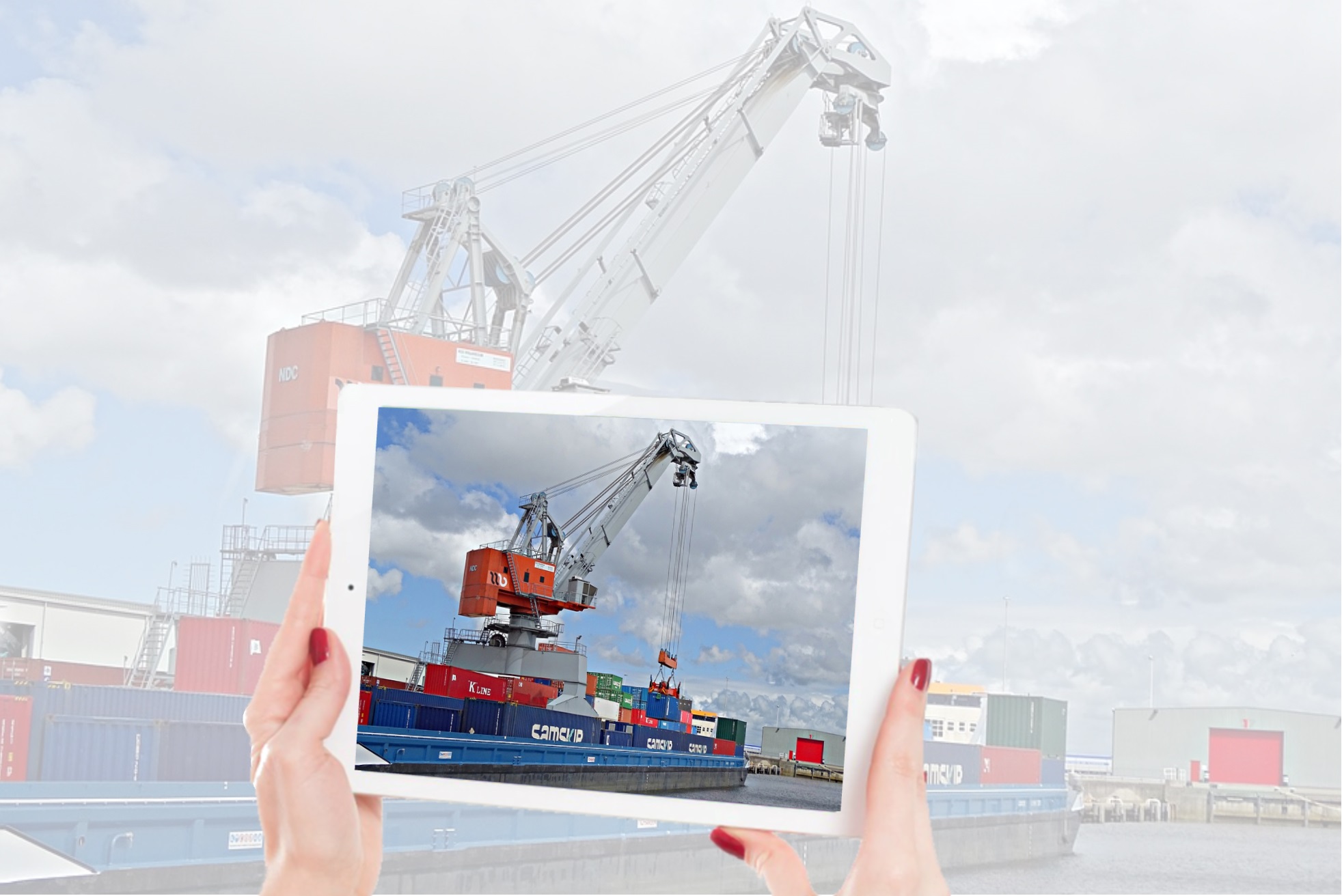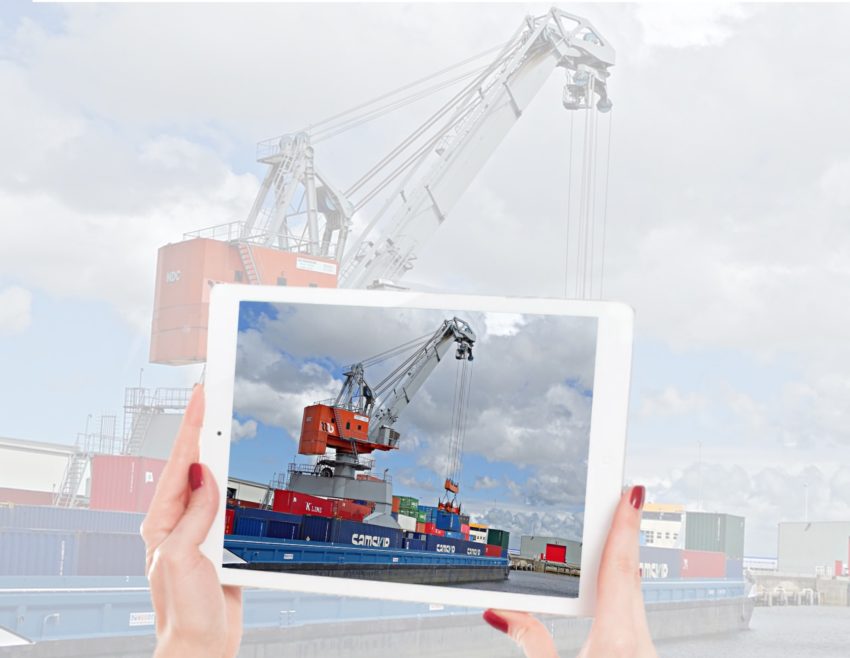With around 130 million containers being used worldwide for sending out shipments, containerized shipping is now a $4 trillion industry.
As you can understand, smart containers, which use sensors to track the movement and location of the cargo in real-time, have emerged as one of the major innovations of the sea freight shipping industry.
In this post, let’s explore the world of smart containers, their benefits, and how the big players of the sea freight shipping industry are heavily investing in this latest technology.
Trade Facilitation White Paper on Smart Containers.
The United Nations Economic Commission for Europe (UNECE) recently published the Trade Facilitation White Paper on Smart Containers. This white paper’s aim is to define the concept of a Smart Container, identify some use cases of the Smart Container data utilization and explain the benefits of Smart Container. The final purpose is to increase the logistics stakeholders cooperation and augment their efficiency.
This document was put together under the management of Hanane Becha; guided by Sue Probert UN/CEFACT Chair and Ian Watt UN/CEFACT Vice-Chair; and supported from Lance Thompson, Secretary to UN/CEFACT within the United Nations Economic Commission for Europe (UNECE).
According to the UNECE, the next step would be “a Business Requirements Specification (BRS) document that includes standardized data elements and message structures to accelerate the full integration of Smart Container data within the stakeholders’ platforms via shared Application Programming Interfaces. This will reduce the development efforts required by stakeholders to integrate new Smart Container data or new service providers into supply chain excellence”.

Why use Smart Containers?
Until now the containers used to ship cargoes could be tracked only twice: when they were shipped from the docks and after they were delivered to the consignee. Even if there was a security problem during the journey, there was no way to confirm the status of the cargo outside these two locations.
In the shipping industry, the breakage of seals, missing cargo, and broken containers are very common occurences. Sometimes, for totally unavoidable reasons, the cargoes have to take last-moment detours. Whenever any of these happen and the container can be damaged in some way and the consignee will have no idea until they receive their shipment.
This is where the Smart Containers come to the picture. With the help of digitization, every shipping container can be linked to each other and can be tracked through real-time IoT technology.
With the smart containers, the shipping lines, freight forwarders, customers, and customs agents can have real-time information about the location and the condition of each shipment. Irrespective of the location of the containerized shipment, they provide you with complete visibility of your cargo 24×7. If anything happens to your cargo en route, you’ll be notified immediately.
Maersk, Mediterranean Shipping Company, and CMA CGM heavily invest in smart containers
To enable real-time tracking of their shipment, MSC has collaborated with Traxen Smart Container Solution and employed this new technology on 50,000 dry cargo containers.
In their press release, MSC has pointed out that “TRAXENS provides shippers with an Internet-connected device to permanently fix on dry cargo containers. This transforms the container into a smart, connected object which collects and communicates real-time data on its position, its movements, its temperature, its humidity level, or its shocks and vibrations.”
Also, in April 2019 the three container shipping magnets Maersk, MSC, and CMA CGM have come together to establish the Digital Container Shipping Association. The aim of this association is to make possible ongoing researches and continued collaboration in the creation of technology-enabled solutions for the container shipping industry.


